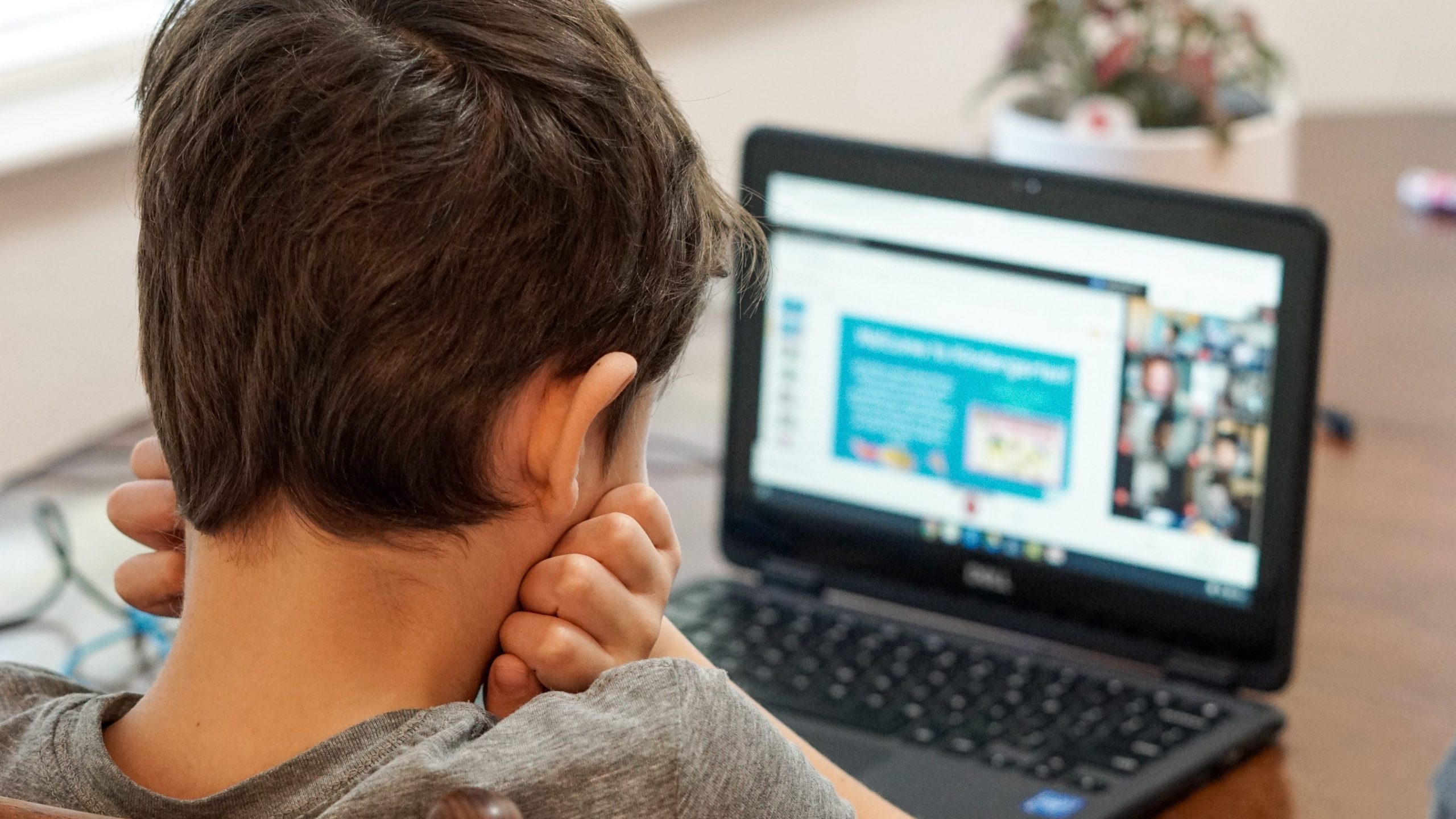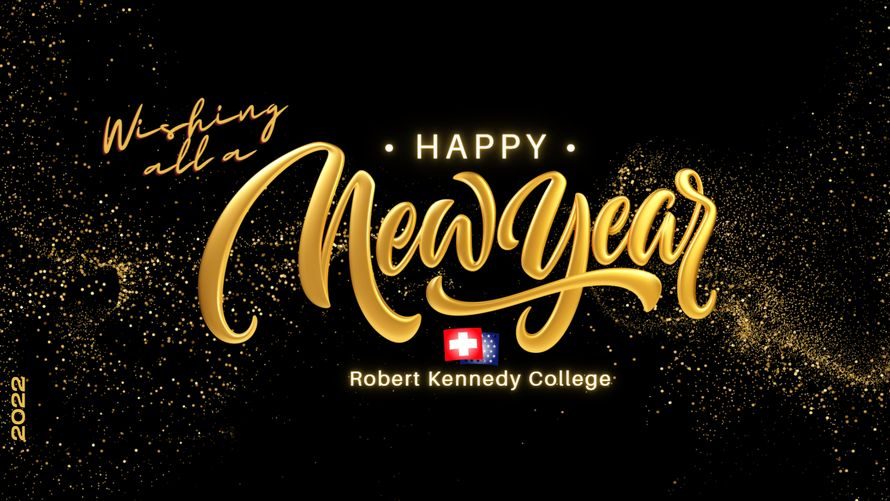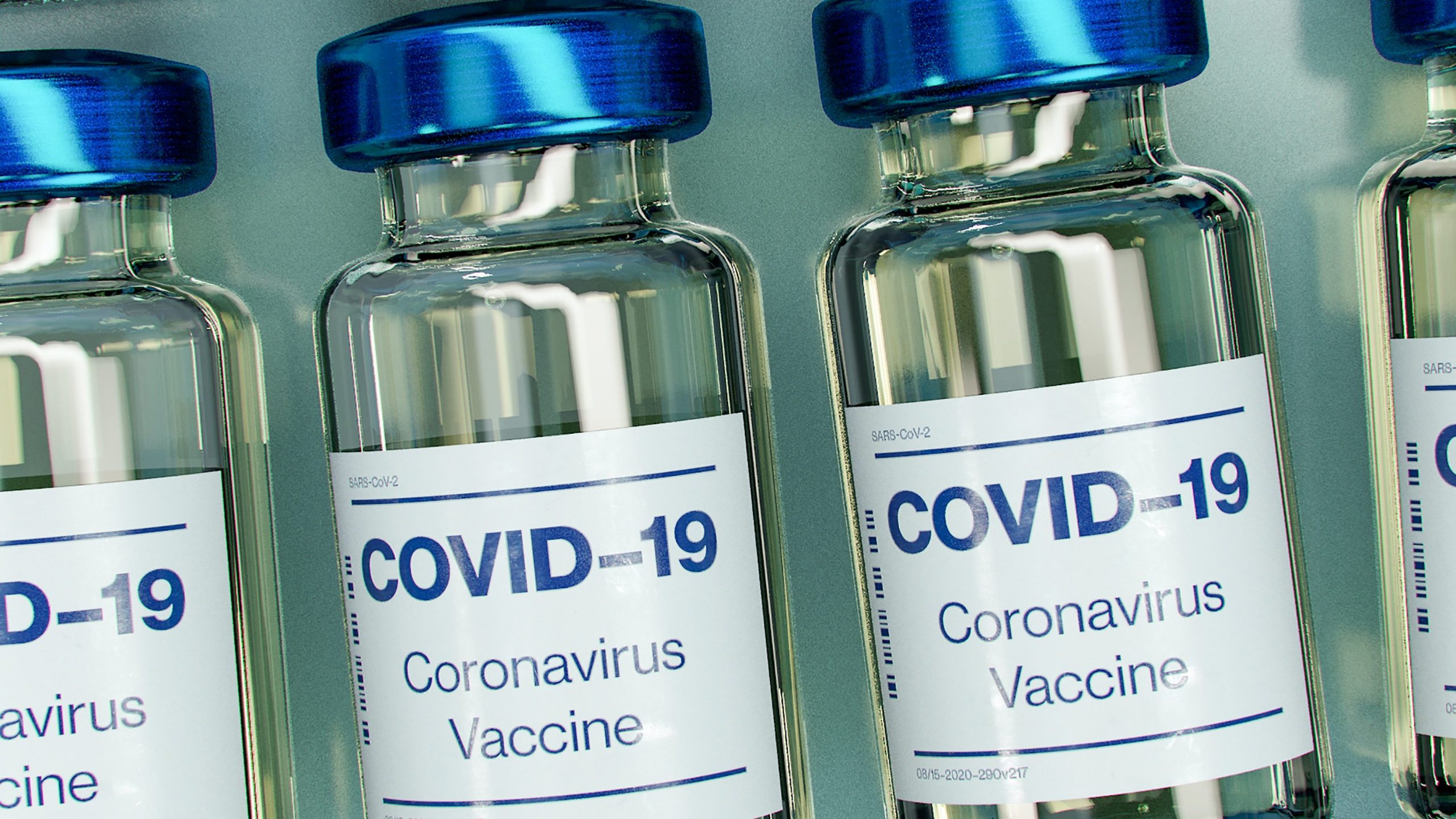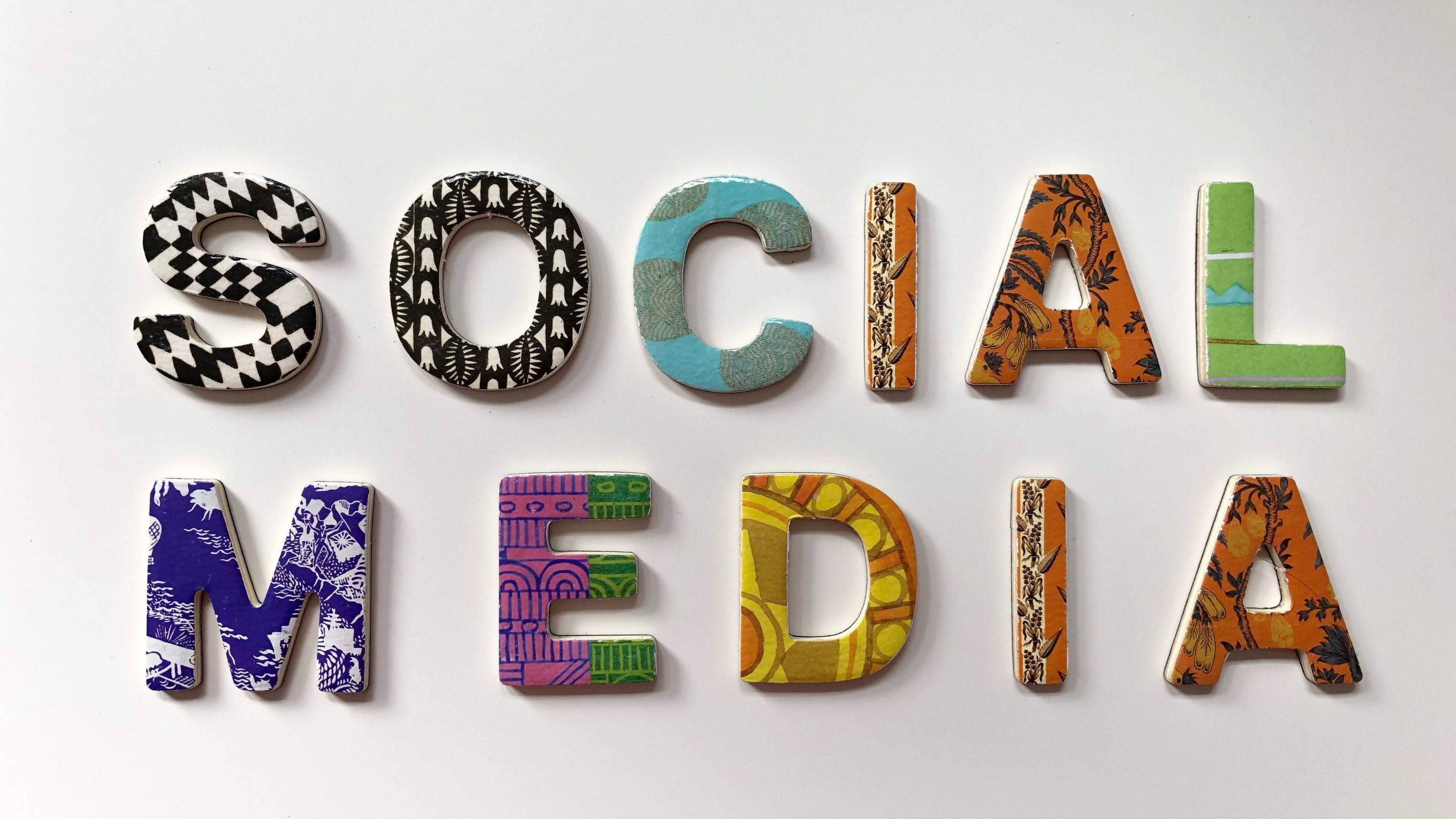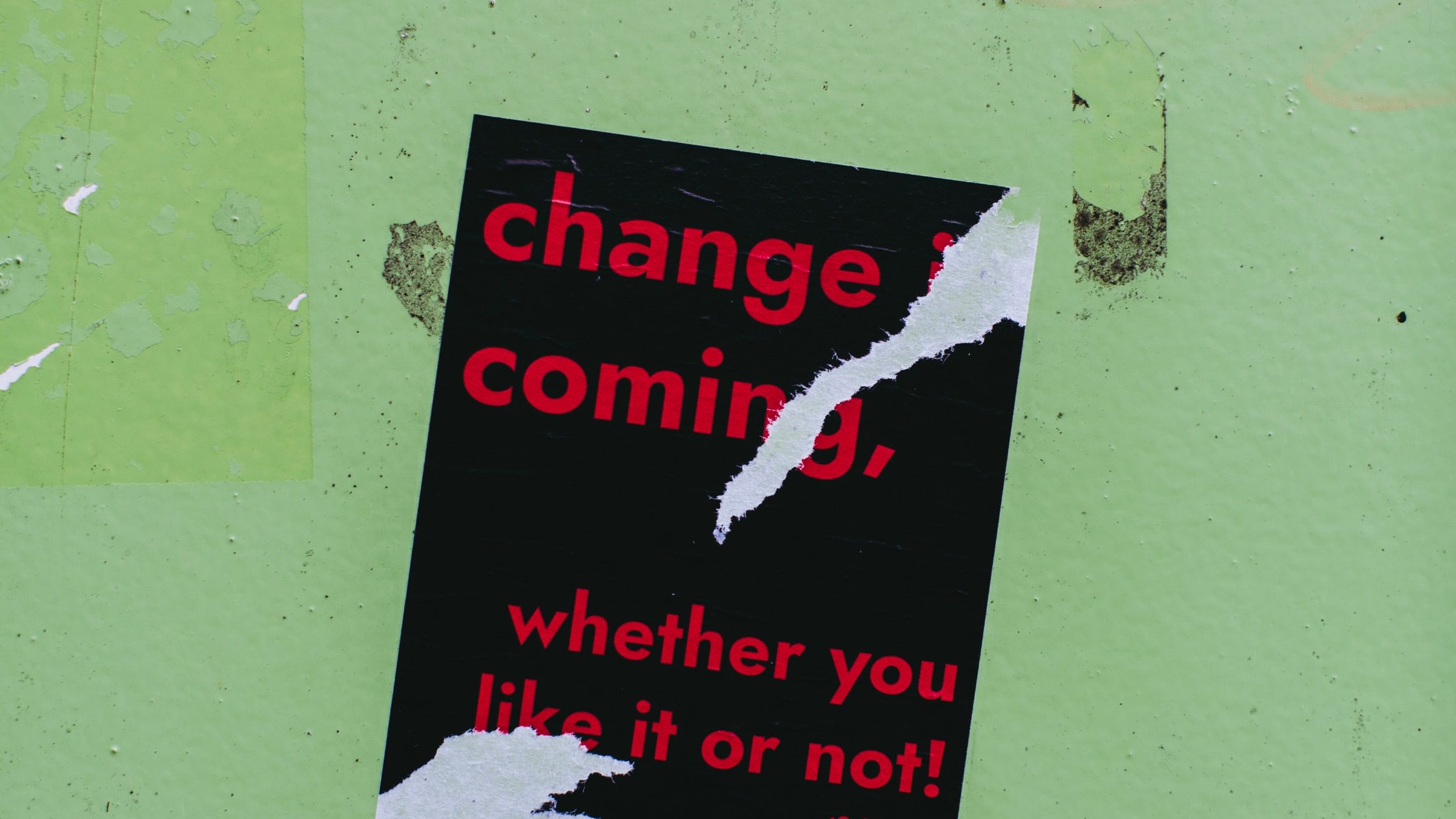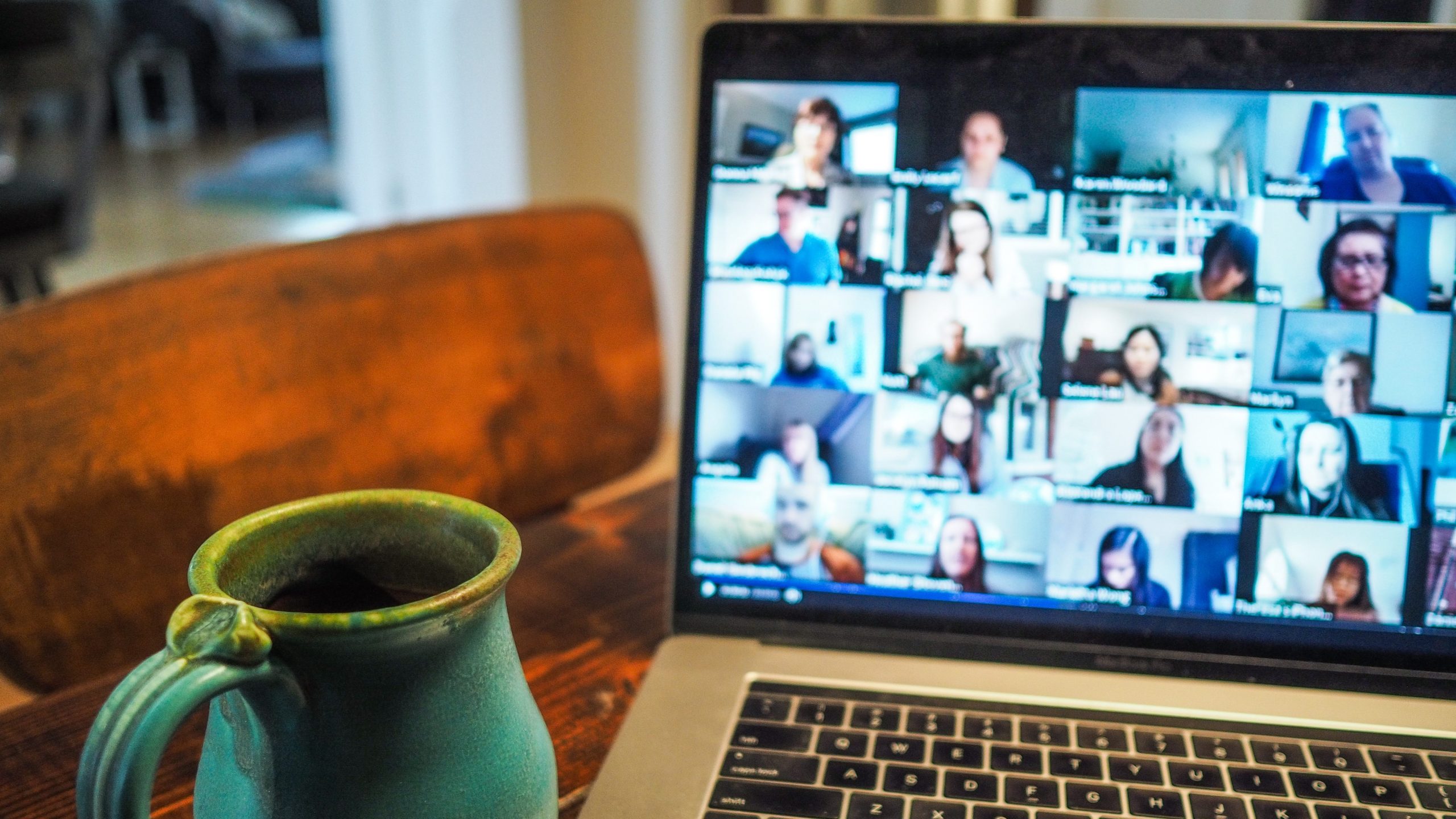Sometimes, the fear of the unknown is more of a hindrance in achieving your end goal. Once you are past this fear and are well informed, it is just a matter of planning your path. Similar is the plight of students who want to study of online but face the fear of the unknown, such as : What is the best way to study online? Should you do an online programme? How to better manage time when learning online? And so on.

These are all questions that we at Robert Kennedy College (RKC) get regularly asked by students looking to join one of our online programmes. Undertaking to do an online master’s degree programme will be an additional commitment to your time and finances, and it is wise to get information beforehand.
Through this continuing series of blog posts, some of our past and current students have shared their experiences, thoughts and opinions and given their feedback on handling some of these choices and situations. Hopefully, this will help you to make an informed decision.
This time we have an alumnus from the University of Cumbria and Robert Kennedy College, MBA Leadership & Sustainability programme, Premprakash.
An Introduction
Which Uni are you studying with?
University of Cumbria
Which programme did you choose and why?
MBA Leadership & Sustainability
The Study Plan
Photo by Glenn Carstens-Peters on Unsplash.
How did you plan to study each module, and what was the reality? For example, how many hours did/do you have to put in each day/or in a week?
Minimum of six hours daily. I work better under pressure. The two modules that I enjoyed the most were IMS (Information Management) and Marketing Management. I did them together, and it turned out to be two distinctions! IMS Professor Radu was someone I really liked. His reply to the forums and interims was why I achieved high marks in IMS.
What part of the day did/do you find most suitable to study? (e.g. early mornings, lunch break, evenings, weekends?)
After midnight through to early mornings all week plus the weekends.
How much time did you devote to each assignment?
For the interim assignment I spent one week and, for final assessments about two weeks’ time. I completed my dissertation within the 6-month minimum period.
Travelling and Communication

How did travelling impact your ability to study?
The Online residency was a lifesaver as Covid19 disrupted travel to the UK.
How were you able to interact with peers and/or professors given the time differences?
The time difference did not pose any problems for me.
A typical day as a master’s student
What does a typical day as an Online Masters’ student look like for you?
Studying keeps me happy, focused, and desiring more knowledge.
Any advice?
Any advice you have for students to better plan their studies.
Never give up!!!
A to the point and practical advice by our alumni. I hope this blog has answered some of your questions, and provided that motivational boost to your academic plans..You can also chat LIVE on WhatsApp with one of our Education Advisors for more information on all the programmes we offer and the application process.











